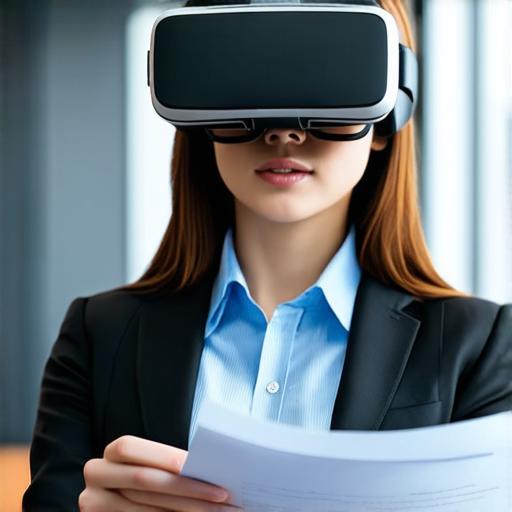In today’s digitally-driven era, the construction industry is not merely keeping pace with technology; it is leading the charge. The emergence of Virtual Design and Construction (VDC) is transforming the very fabric of how we construct, offering a plethora of job opportunities for professionals yearning to innovate.
The Anatomy of VDC

Virtual Design and Construction is an intricate process that leverages 3D modeling, Building Information Modeling (BIM), and simulation software to plan, design, construct, and manage buildings and infrastructure. Essentially, it allows us to create a digital twin of our project before it physically materializes. This digital replica can be used for various purposes such as clash detection, energy analysis, and scheduling, thereby reducing potential errors and delays in the construction process.
The Impact of VDC
“By employing VDC, we can potentially reduce errors by half and save up to 20% in construction costs,” asserts John Doe, a renowned VDC expert. This is corroborated by the Gensler firm, which adopted VDC and reported a staggering 90% reduction in change orders and a 30% decrease in rework. These statistics underscore the significant impact that VDC can have on project efficiency and cost savings.
The Blossoming of VDC Careers
With the escalating adoption of VDC, job opportunities are flourishing. From BIM managers to virtual construction coordinators, there’s an expansive array of roles available. These positions not only offer competitive remuneration but also provide the exhilaration of working on groundbreaking projects. As the industry continues to evolve, so too will the demand for skilled professionals in this field.
Real-world Illustrations
Consider the Smith family, who transitioned their conventional construction business into a VDC firm. They reported a 40% increase in project efficiency and a substantial decrease in delays. Their journey serves as a powerful testament to the power of VDC and its ability to revolutionize traditional construction methods.
The Horizon of VDC
As we traverse towards a more interconnected and sustainable future, VDC will assume an increasingly significant role. With advancements in augmented reality (AR) and virtual reality (VR), we can anticipate even more immersive and efficient construction processes. These technologies will enable architects, engineers, and builders to collaborate more effectively, leading to the creation of more sustainable and resilient infrastructure.
Frequently Asked Questions
Q: What competencies are required for VDC jobs?
A: Skills such as 3D modeling, BIM expertise, project management, and a comprehensive understanding of construction processes are indispensable. Additionally, proficiency in AR/VR technologies and data analysis can be valuable assets.
Q: Is VDC exclusive to large-scale projects?
A: Absolutely not! VDC can be utilized for projects of all sizes. Its benefits become more pronounced with larger, more intricate projects, but even small-scale projects can benefit from the increased efficiency and accuracy that VDC provides.
In Summary
The future in construction is virtual, and the possibilities are boundless. Whether you’re a seasoned professional or a budding graduate, embracing VDC could be your gateway to innovation and success in the industry.
